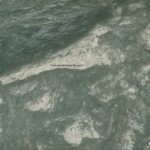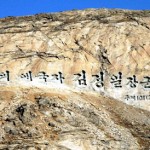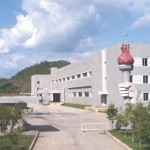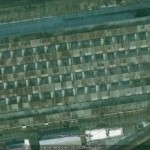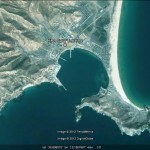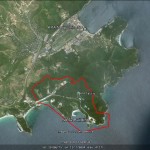Institute for Far Eastern Studies (IFES)
2012-2-8
As of January 2012, the Kaesong Industrial Complex (KIC) employs over 50,000 North Korean workers.
South Korea’s Ministry of Unification (MOU) reported that North Korea sent 449 additional workers to the complex last month, bringing the total number of North Korean employees at the KIC to 50,315.
The majority of the workers are women, comprising 72 percent of the total employees. A total of 81.8 percent are high school graduates, while 9.5 percent are college graduates and 8.7 percent are graduates from specialized/professional schools.
The KIC has had a low worker turnover rate. Some of the workers are licensed doctors and nurses, signifying the popularity of employment at the complex.
However, the MOU added that, “in order to meet the demands of the South Korean corporations in the KIC, 20,000 more workers are needed.”
Currently the average monthly wage of the workers is 110 USD, which is paid directly to the North Korean authorities in US dollars by the South Korean companies.
Out of the total wage, 45 percent is deducted and collected by the North Korean government as social security (15 percent) and social cultural policy funds (30 percent). The North Korean workers receive 55 percent of the total wage, which is paid either in coupons or North Korean currency.
Since the KIC’s opening in 2004, the total amount paid to the KIC workers reached 193.58 million USD as of November 2011.
Despite the deadlocked relations between the two Koreas, the number of employees, along with production and number of businesses, has steadily increased.
The number of employees in 2007 was 23,529. Thus the number has increased to over 50,000 in just four years, and the yearly production output has risen from 180 million to 400 million USD.
Cumulative production also increased from 310 million USD in March 2008 to 1.19 billion USD as of last year. During this time, 55 additional South Korean companies joined the KIC.
Yearly export output jumped from 870,000 USD in 2005 to 36.87 million USD in 2011. However, this is a drop from the previous year’s export of 39.67 million USD. Cumulative export as of November 2011 was 190 million USD.
In the assessment of the MOU, “the decrease in export reflects buyer’s anxiety from instability in inter-Korean relations and North Korean military provocations and many of the manufactured goods were sold domestically in South Korea.”
In addition, the issue of KIC-made products to be granted a “made in Korea” label is still under debate. According to an undisclosed MOU source, “This July will mark the one year anniversary of the ROK-EU FTA and the Committee on Outward Processing Zones (OPZ) is scheduled to meet to discuss the matter of KIC’s recognition as OPZ. But it will not be an easy game to win.”
UPDATE: The Hankyoreh also wrote about the Kaesong Zone’s growth.

